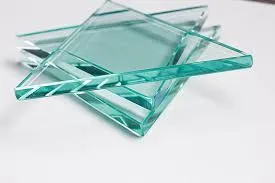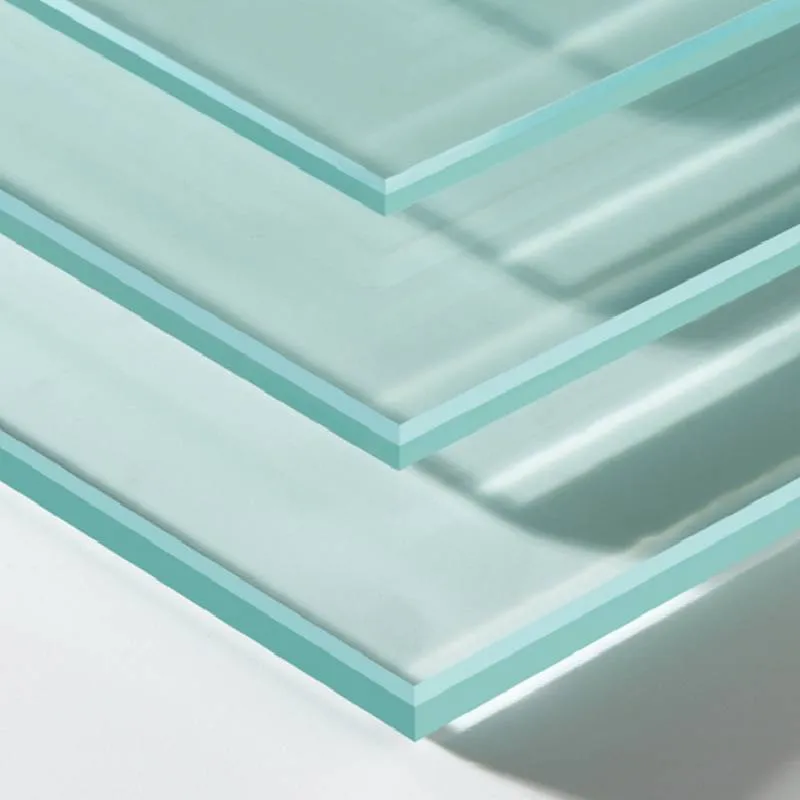Glass architecture has revolutionized modern design, offering a handsome combination of aesthetic appeal and functional benefits. The array of glass types used in architecture underlines both the versatility and innovation inherent in contemporary structural design. This article explores various types of glass architecture, emphasizing their unique qualities, to provide a comprehensive guide for architects, designers, and homeowners looking to embrace glass as a primary material.

Tempered glass leads the pack in terms of safety and durability. Known for its impressive strength, tempered glass undergoes a thermal treatment process, enhancing its structural integrity. It is particularly favored for use in high-traffic areas and is integral as a safety feature. When broken, it fractures into small, less harmful pieces, reducing injury risk. Because of its robustness, tempered glass is often utilized in facades, skylights, and windows in commercial buildings.
Laminated glass, another crucial type, combines safety and sound reduction properties. Composed of multiple glass layers bonded with interlayer film, usually polyvinyl butyral (PVB), laminated glass stays intact when shattered, making it an ideal solution for overhead glazing and areas requiring additional security. Its ability to block the transfer of sound waves makes it a preferred choice in urban environments where noise pollution is a concern.

In environments demanding exceptional energy efficiency, low-emissivity (Low-E) glass offers a high-tech solution. Coated with a special microscopically thin layer of metallic oxides, Low-E glass significantly restricts heat transfer, keeping homes cool in summer and warm in winter. This feature significantly lowers energy consumption, thus aligning with sustainable building practices. The incorporation of Low-E glass in residential and commercial projects underscores a commitment to energy conservation and environmental responsibility.
Switchable smart glass exemplifies the forefront of technological integration within glass architecture. This type of glass transitions between transparent and opaque states through electrical charges, providing privacy without sacrificing natural light. Smart glass is particularly useful in office environments and bathrooms or for any application that benefits from on-demand privacy without using traditional blinds or curtains. The integration of smart glass technology reflects a growing trend towards responsive and adaptive building designs.
types of glass architecture
Architectural designs necessitating enhanced visual impact may benefit from using fritted glass. This type of glass offers the ability to embed intricate patterns and images through the use of ceramic frit, which melts into the glass during the heating process known as fusing. The result is a durable finish suitable for applications that require both decorative and practical functionality, such as in large atriums or artistic facades. Additionally, fritted glass assists in controlling glare and reducing solar heat gain, making it a strategic choice for both artistic and environmental efficiencies.
For projects demanding lightweight yet sturdy solutions, structural or architectural glass such as glass bricks and blocks provide an innovative alternative. These materials allow for maximized load-bearing capacity and light diffusion, making them suitable for partitions and decorative applications while retaining structural integrity. Their versatility is increasingly popular in commercial and residential settings looking for unique design aesthetics.
Finally, fire-rated glass offers essential protection in building safety, capable of withstanding high temperatures for extended periods and preventing the spread of fire and smoke. Employed predominantly in emergency exit doors, stairwell enclosures, and other safety-critical areas, fire-rated glass combines clarity and safety, ensuring occupants’ protection without compromising on natural light or visibility.
Understanding the varied types of glass available in architectural applications can facilitate thoughtful and informed design choices that meld form, function, and safety. As glass continues to play an essential role in shaping modern and sustainable architecture, its innovative uses promise to inspire and drive future design innovations that prioritize both aesthetic beauty and practical utility.
 Afrikaans
Afrikaans  Albanian
Albanian  Amharic
Amharic  Arabic
Arabic  Armenian
Armenian  Azerbaijani
Azerbaijani  Basque
Basque  Belarusian
Belarusian  Bengali
Bengali  Bosnian
Bosnian  Bulgarian
Bulgarian  Catalan
Catalan  Cebuano
Cebuano  Corsican
Corsican  Croatian
Croatian  Czech
Czech  Danish
Danish  Dutch
Dutch  English
English  Esperanto
Esperanto  Estonian
Estonian  Finnish
Finnish  French
French  Frisian
Frisian  Galician
Galician  Georgian
Georgian  German
German  Greek
Greek  Gujarati
Gujarati  Haitian Creole
Haitian Creole  hausa
hausa  hawaiian
hawaiian  Hebrew
Hebrew  Hindi
Hindi  Miao
Miao  Hungarian
Hungarian  Icelandic
Icelandic  igbo
igbo  Indonesian
Indonesian  irish
irish  Italian
Italian  Japanese
Japanese  Javanese
Javanese  Kannada
Kannada  kazakh
kazakh  Khmer
Khmer  Rwandese
Rwandese  Korean
Korean  Kurdish
Kurdish  Kyrgyz
Kyrgyz  Lao
Lao  Latin
Latin  Latvian
Latvian  Lithuanian
Lithuanian  Luxembourgish
Luxembourgish  Macedonian
Macedonian  Malgashi
Malgashi  Malay
Malay  Malayalam
Malayalam  Maltese
Maltese  Maori
Maori  Marathi
Marathi  Mongolian
Mongolian  Myanmar
Myanmar  Nepali
Nepali  Norwegian
Norwegian  Norwegian
Norwegian  Occitan
Occitan  Pashto
Pashto  Persian
Persian  Polish
Polish  Portuguese
Portuguese  Punjabi
Punjabi  Romanian
Romanian  Russian
Russian  Samoan
Samoan  Scottish Gaelic
Scottish Gaelic  Serbian
Serbian  Sesotho
Sesotho  Shona
Shona  Sindhi
Sindhi  Sinhala
Sinhala  Slovak
Slovak  Slovenian
Slovenian  Somali
Somali  Spanish
Spanish  Sundanese
Sundanese  Swahili
Swahili  Swedish
Swedish  Tagalog
Tagalog  Tajik
Tajik  Tamil
Tamil  Tatar
Tatar  Telugu
Telugu  Thai
Thai  Turkish
Turkish  Turkmen
Turkmen  Ukrainian
Ukrainian  Urdu
Urdu  Uighur
Uighur  Uzbek
Uzbek  Vietnamese
Vietnamese  Welsh
Welsh  Bantu
Bantu  Yiddish
Yiddish  Yoruba
Yoruba  Zulu
Zulu 


